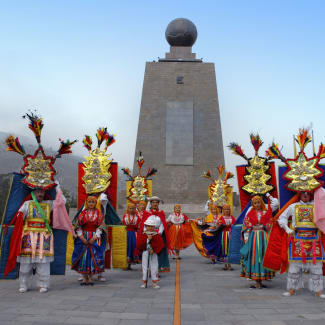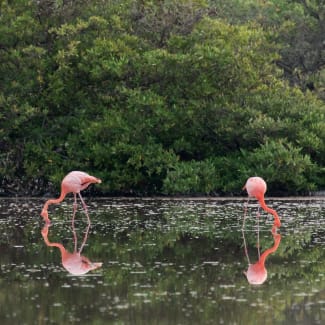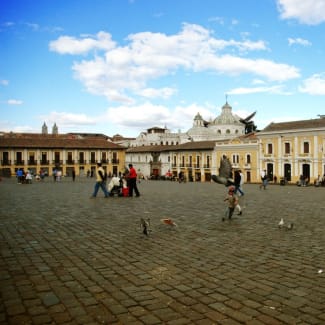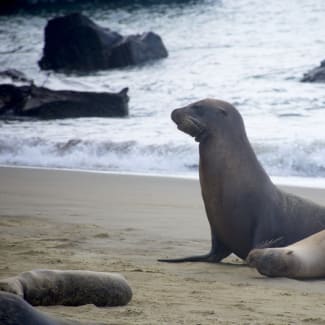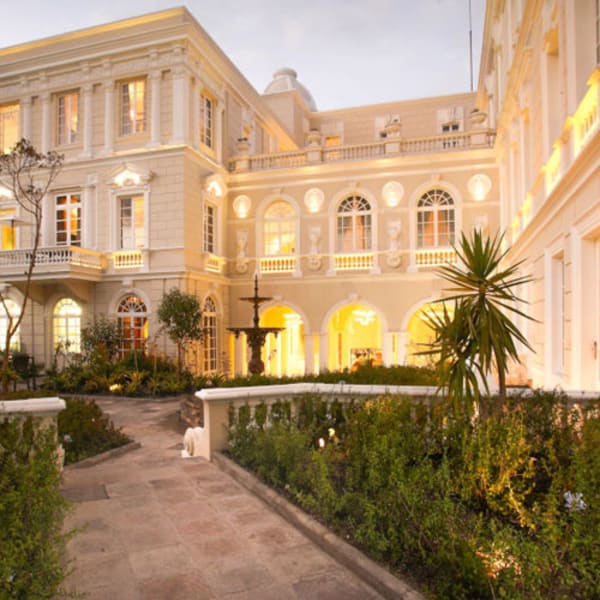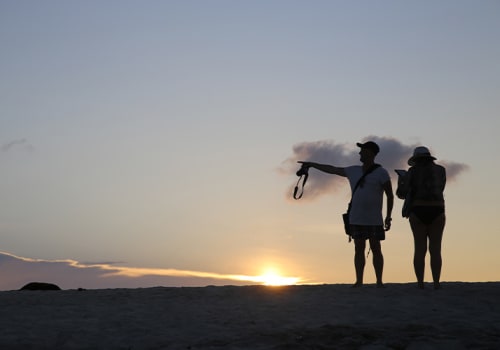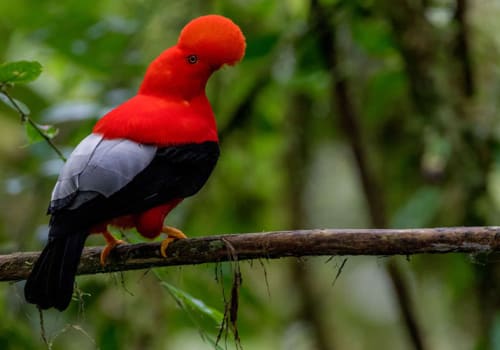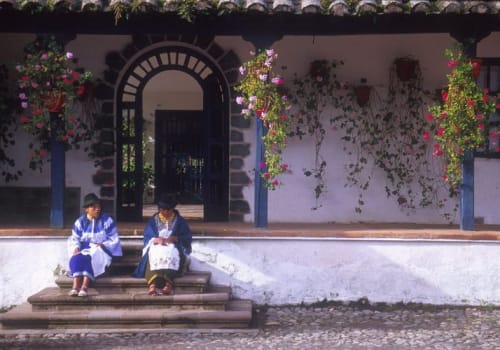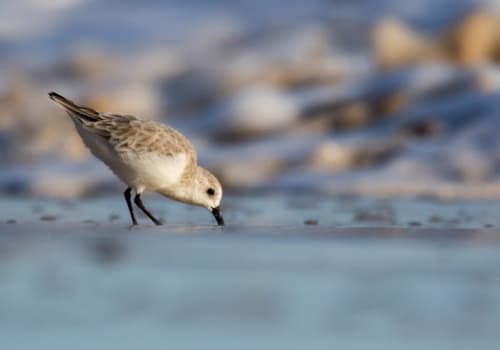Overview
Indulge in luxury as you cruise the famous islands of Galápagos on this seven-day adventure tour. Begin your exploration in the fascinating colonial city of Quito, then fly to the famed islands for a four-night stay aboard a luxury yacht.
Begin in the Colonial City of Quito
As you arrive in the capital city of Quito, you’ll find yourself immersed in a colonial city full of history and culture. Flanked by volcanoes and nestled in the lower mountain range of the Andes, this unique city offers historical sites and modern neighborhoods, both full of charm and sophistication.
Tour the mesmerizing colonial architecture and historic churches within the traditional city center, stroll along cobblestone streets, and enjoy views from Panecillo, the highest hill in the city.
Before leaving Quito, you’ll experience the city’s artistic side as well, delving into the rich history and art to be found here. You’ll also see how the finest Ecuadorian chocolate is made and end with an extravagant tasting as you lounge in the historical wine cellar of the Fundacion Guayasamin art museum.
Explore the Galápagos in Style
Board your flight to the famous archipelago and prepare yourself for an incredible Galapagos style nature adventure. Once you land on Baltra Island, you’ll transfer to the luxury yacht, the Elite, for your luxury accommodations for the next four nights.
This sturdy, high-end catamaran will astonish with its beauty the second you walk onboard. Settle into your choice of nine spacious cabins on either the main deck or upper deck. In each, you’ll enjoy panoramic views from your own floor-to-ceiling sliding glass doors, which open up to a private balcony. When not relaxing in your cabin, venture up to the indoor-outdoor Skydeck or soak in the scenic whirlpool.
Casual buffets abound during breakfast and lunch each day, and for dinner, enjoy elegant meals in the alfresco dining area. The expert, attentive staff are ready to ensure every part of your cruise is perfect, so don’t hesitate to ask for whatever you need.
Expert naturalist guides will also accompany you on your cruise to lead you on exciting excursions and provide valuable insight into the island environment and history.
Daily island visits offer opportunities to learn about the giant Galapagos tortoises, explore volcanic craters, visit underground lava tubes, hike along pristine coastlines, snorkel sheltered bays, admire unique rock formations, and relax on pure white sand beaches. For an added thrill, you’ll take panga rides along the coast of these volcanic isles, and get to visit Buccaneer Cove, where pirates used to rest and repair their ships.
Whether you’re an avid birdwatcher or not, you’ll be amazed at the abundance of birds on the Galápagos Islands. Sight Blue-Footed or Red-Footed Boobies, Lava Gulls, Darwin finches, short-eared owls, and so many more.
After your last breakfast on board the Elite, you’ll see Kicker Rock, just off San Cristobal Island, before boarding your flight back to the Ecuadoran mainland.
Itinerary & Prices
All itineraries are subject to change due to seasonal weather conditions (and resultant variations in river and tributary water levels) affecting accessibility to locations. Thus navigation routes, times and excursions may need to be modified at the cruise captain’s or your guide's discretion.
Accommodations
Cruises & Lodges






